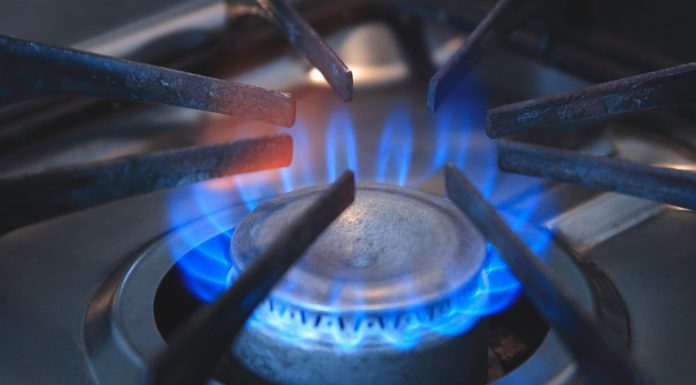(Sarah Montalbano, RealClearWire) Recently, New York reached an agreement to become the first state to ban natural gas hookups in new construction, heralding a novel era of consumer restrictions.
The ban will take effect for new constructions starting in 2026 according to the budget deal announced by Governor Hochul. With this deal, the state has leapfrogged ahead of Biden’s Department of Energy, which has released a proposed regulation that would effectively ban 50% of the gas stove market. Both Biden and Hochul support their bans as efforts to shift from natural gas consumption to electricity generated by “zero-emissions” renewables. In this way, they hope to reduce greenhouse gas emissions, slow climate change, and avoid indoor air pollution.
The problem is, natural gas bans are unlikely to work that way, and in the meantime, they restrict consumer choices and jeopardize the innovation that has led the U.S. to cleaner, safer technologies. Prioritizing climate change considerations over all else will serve only to stop consumers from using the type of energy that works best for their situations.
There’s also the question of whether the ban will be overturned. A federal appeals court in April found that Berkeley, California’s 2019 gas stove ban is preempted by the federal 1975 Energy Policy and Conservation Act, which gives the final say over restrictions on energy use for appliances. The Ninth Circuit’s decision is not binding on New York, but its logic may inform the expected legal challenges to New York’s ban.
Unlike the Consumer Product Safety Commission, which in January 2023 cited “hidden hazards” and childhood asthma as reasons to consider a ban, Governor Hochul does not promote the measure as a health and safety concern. Instead, she praised the state’s budget for prioritizing “nation-leading climate action.” But — aside from constitutionality — a natural gas ban is unlikely to have the impact that Ms. Hochul might hope. Electricity is predominantly produced with natural gas, and renewables are currently a small fraction of generating capacity and have significant environmental costs to produce.
As of 2021, natural gas represents 32% of U.S. energy consumption. Nationwide, 38% of households used natural gas for cooking in 2020 and 61% for any end-use. New York’s ban goes beyond restricting the use of natural gas stoves by banning natural gas hookups in newly-constructed small buildings by 2026 and large buildings by 2028. But consumers in New York have clearly revealed their preference for natural gas as 58.7% of New York households used natural gas for home heating in 2021. Many households currently using natural gas might prefer to keep it — especially in brutal New York winters.
Ms. Hochul also stated that New York would be “the first state in the nation to advance zero-emission new homes and buildings.” That’s not entirely true: Natural gas-fired power plants currently comprise almost three-fifths of New York’s generating capacity. Thus the ban is likely to simply shift natural gas consumption and emissions from households to utilities as electricity companies work to meet the increased demand from these “zero-emission” homes. Nuclear power won’t be able to make up the difference either, as it’s only one-quarter of New York’s generating capacity and declining due to reactor retirements, despite its safe and reliable track record.
While Ms. Hochul might hope non-hydroelectric renewable energy sources — which currently make up less than 10% of New York’s generating capacity — will become more prevalent over the next three years and generate electricity for these new “zero-emission,” homes, non-hydroelectric renewable energy is not truly zero-emissions, either. Wind and solar energy must be coupled with battery storage to ensure that episodic energy is available for use on demand. The manufacturing of batteries, as well as wind turbines and solar panels themselves, requires electricity — probably generated through coal or natural gas. Wind and solar also create high levels of non-recyclable waste and require mining of toxic elements such as lithium and cadmium, which are predominantly produced in places overseas with less-stringent environmental and labor standards than in the U.S.
Consumers may choose to use electric stoves on their own accord, but forcing them to use technologies that are suboptimal for their individual situations won’t make climate causes more appealing — especially when those methods aren’t likely to deliver the promised environmental benefits. The free market will continue to improve emission-free energy-generating technologies, but mandating certain technologies may actually slow the pace of innovation, all while limiting consumer choice.
Top-down policies like New York’s natural gas hookups ban and the DOE’s proposed emissions standards restrict consumer choice and jeopardize innovation.



